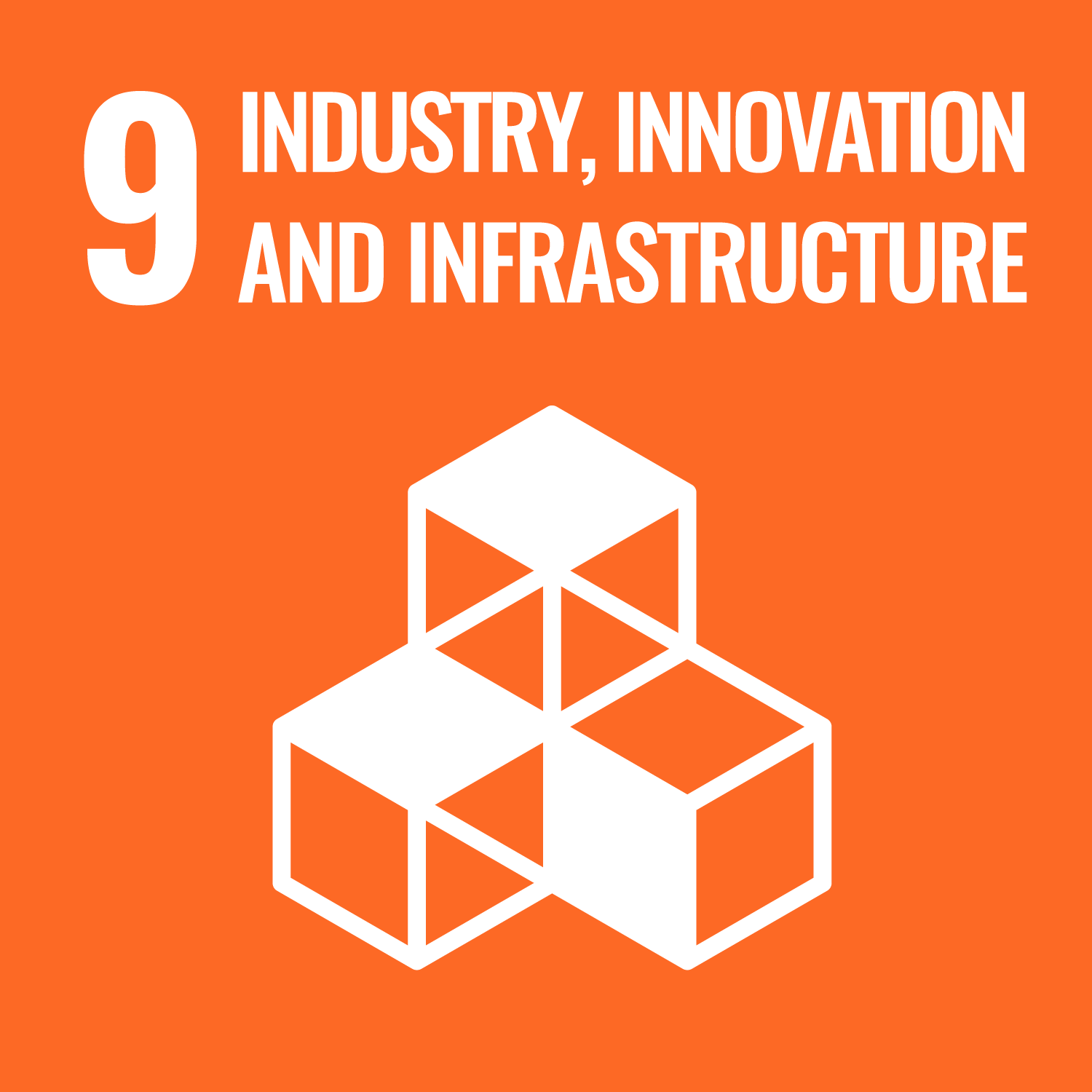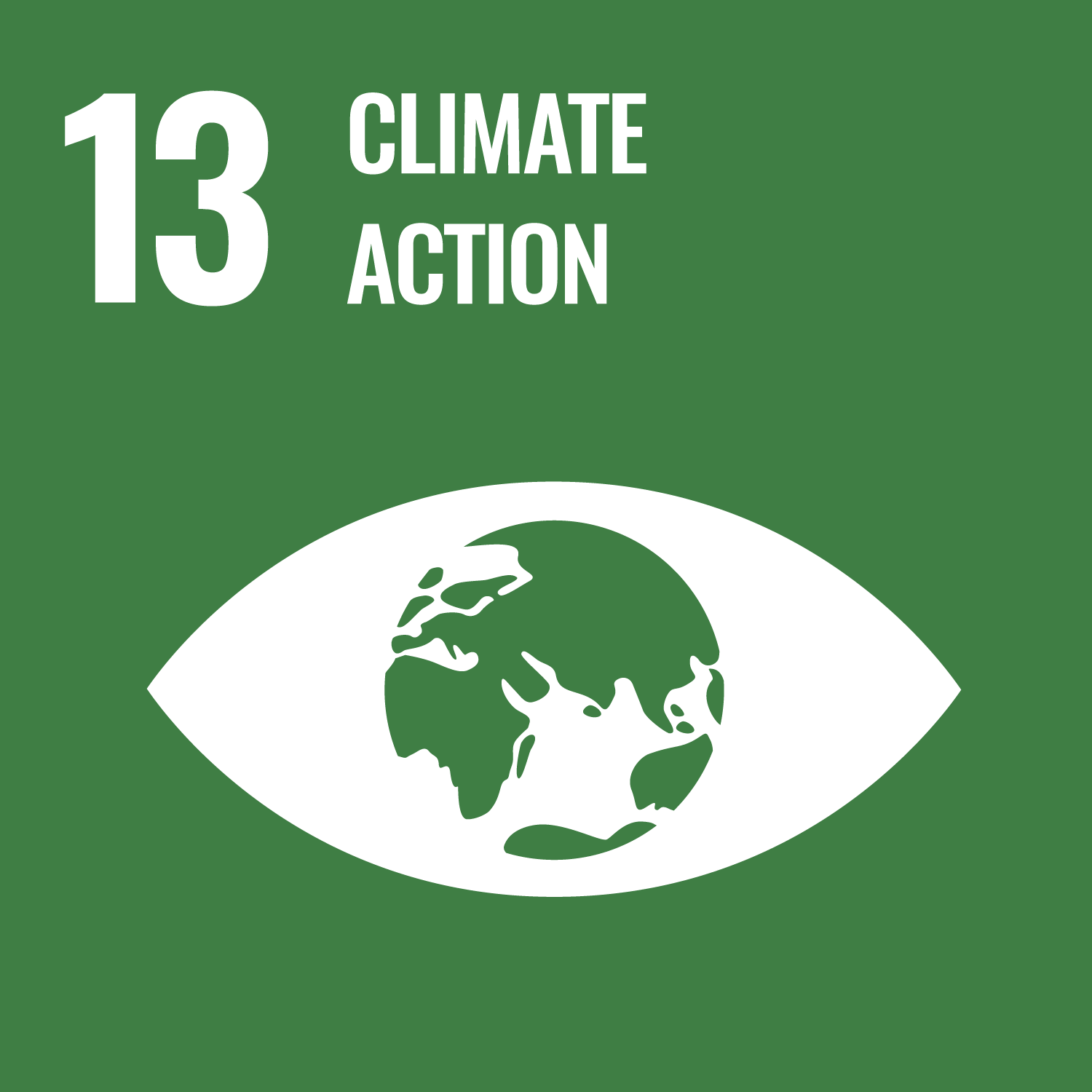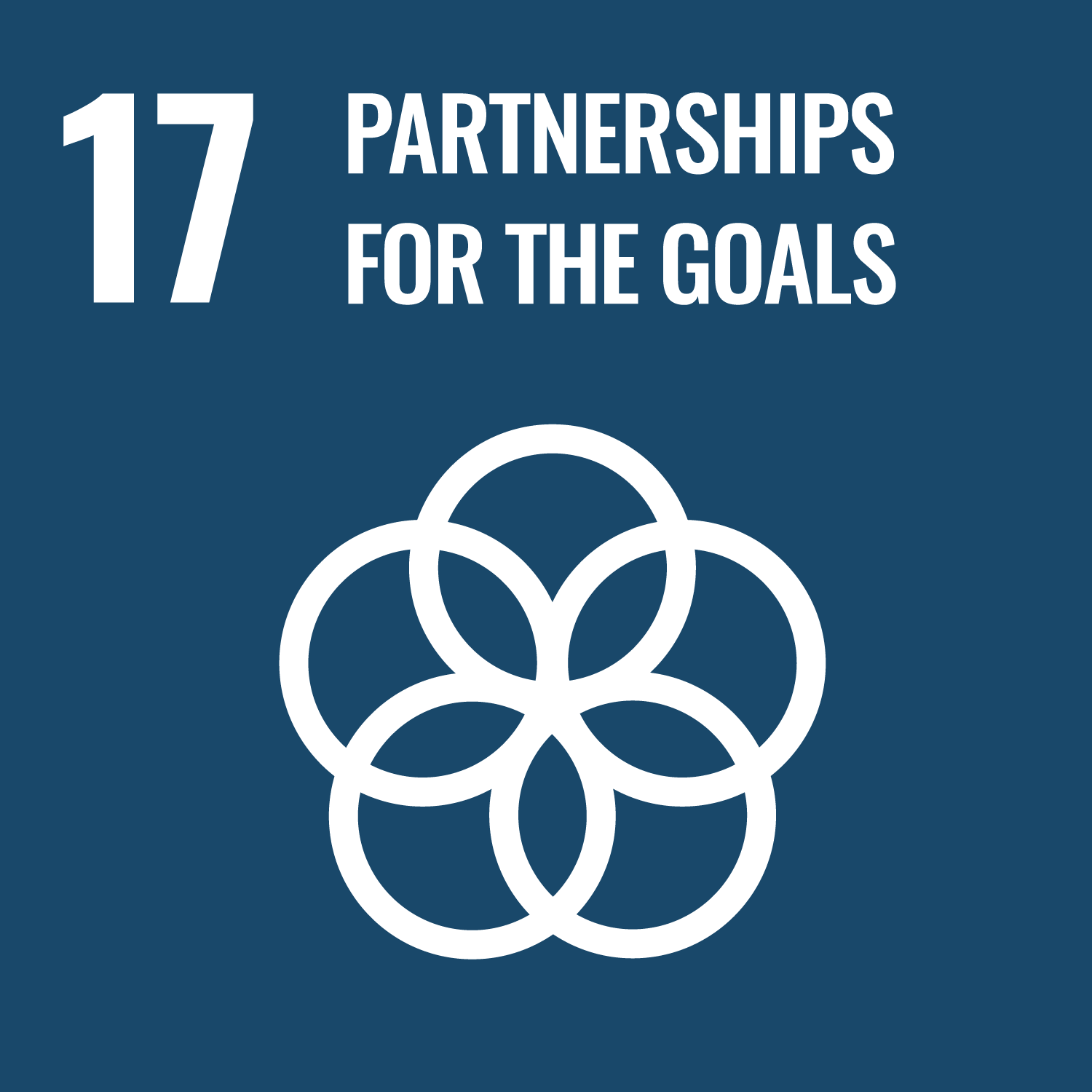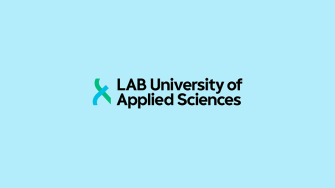Circular Ports - Deploying circular economy in port environments
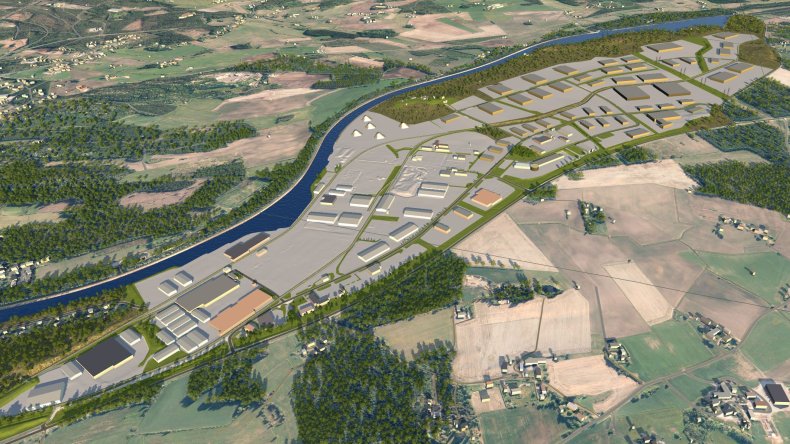
In the project Circular Ports, Baltic Sea ports explore symbiosis opportunities within port environments for waste reduction and material reuse, establishing viable circular business models.
Finnish Pilot: Mustola Port, Lappeenranta
LAB University of Applied Sciences is working in the Mustola port in the city of Lappeenranta with the goal of understanding all material flows entering and leaving the port.
LAB is developing an easy-to-use online material platform designed for both companies and the port authority. The aim is to increase transparency, support circular economy solutions, and facilitate collaboration among various stakeholders within the port environment.
Finnish Pilot: Mustola Port, Lappeenranta
LAB University of Applied Sciences is working in the Mustola port in the city of Lappeenranta with the goal of understanding all material flows entering and leaving the port.
LAB is developing an easy-to-use online material platform designed for both companies and the port authority. The aim is to increase transparency, support circular economy solutions, and facilitate collaboration among various stakeholders within the port environment.
Project period
-
Project state
On-going
Project area
International
Project funding
Interreg Baltic Sea Region 2021-2027

LAB role
Partner
Unit
Technology
Project focus area
Multipurpose materials

